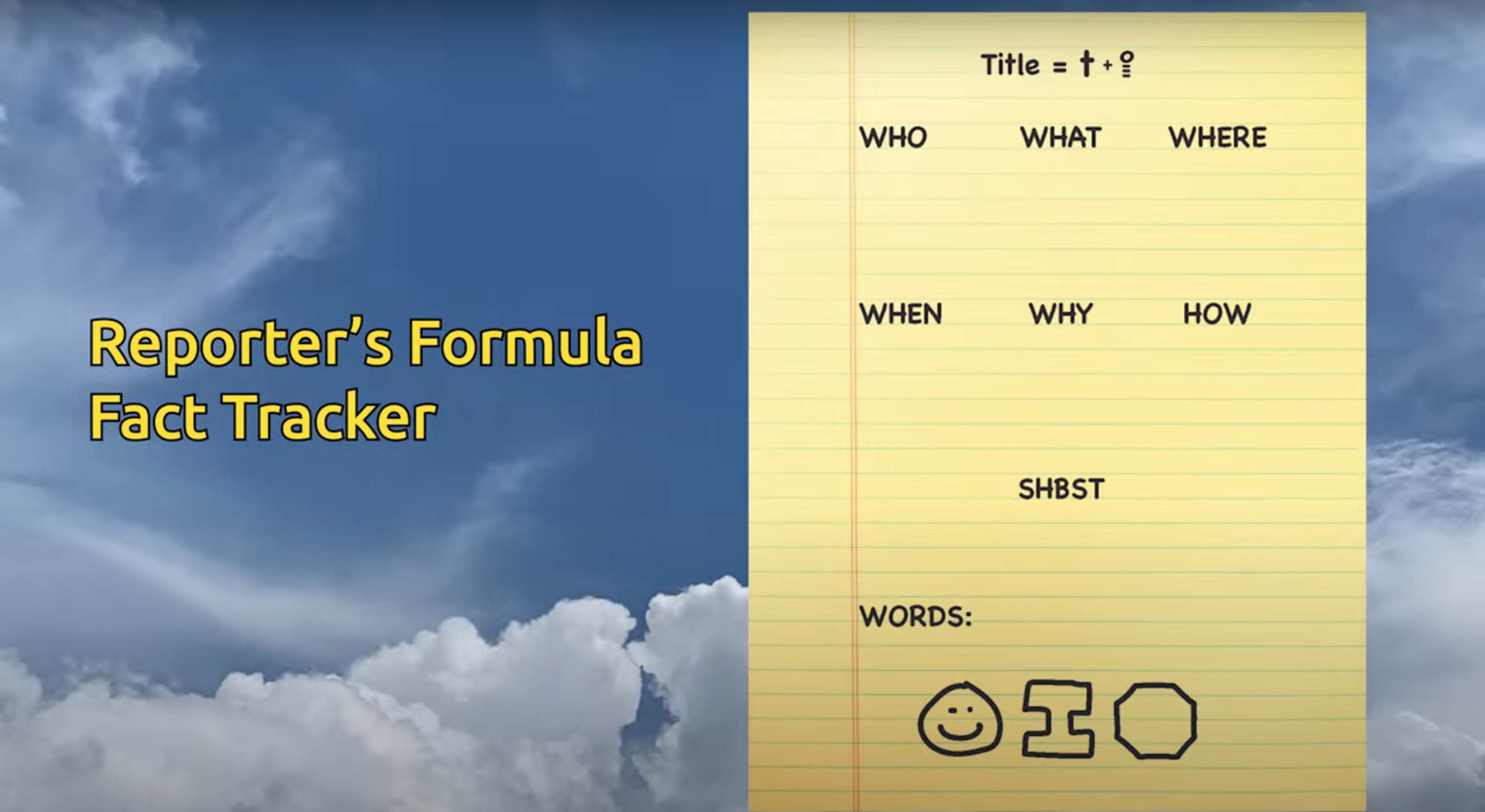On this page:
When students approach text by deciding what they want to do with it and what kind it is, we can show them how to think actively through a text instead of passively reading. Provide graphic organizers to help them track main ideas in the text and use them as references when answering questions.
An Approach With Reading Graphic Organizers
In this next video, I share some charts or reading graphic organizers for reading comprehension that can help you as teachers show your kids how to think actively through a text instead of doing so passively. In the videos about apples, grapefruits, and onions, I was talking as if I were playing around with my students. And in this video, I take the same approach. The videos are for you as teachers, but I’m modeling and showing how I would talk to students.
To see these, scroll down to the screenshots below from the video. But, first, I’d like to explain the reasoning behind them and why they can work.
Approaching the Text
A lot of folks don’t like to read. For lots of reasons. But mostly, it’s because the approach they are taking to text makes it too difficult. And a lot of folks don’t realize that we don’t read everything the same way. Or for the same reasons. How we approach text depends on what we want to do with text and what kind of text it is.
For example, we don’t read a story like we do informational text. Imagine how confusing it would be to read a Wikipedia article on orthography as if we were looking for characters and conflict. (I’m teaching a graduate class on STR, so orthography is on my mind.) There are no characters and conflict to find. At least not in that article. Readers must change how they approach the text and think about what they want from it.
In the TEKS, that information is triangulated with genre characteristics, comprehension, and author’s craft and purpose.
The author begins with a message and purpose. Then, the author selects the best genre to drive that purpose home to the reader. The writer then uses the genre and its characteristics to craft the text. As readers, we must begin our transactions with text with the author’s purposes and choices in mind.
Readers first begin by scanning the text to find out what kind of thing it is. Then, readers use the genre characteristics to help set and change their purposes for reading throughout the text. Since working memory is still an issue, having a schema/structure for the text features helps readers note important ideas. The reader uses genre characteristics to collect meaningful information the author delivers to the reader.
Fact Trackers: Graphic Organizers for Reading Comprehension
For this, I create charts or reading graphic organizers by using folded paper that matches the cipher experiment. These charts connect back to how our memory works and why offloading some information helps us with reading tasks and assessment. See the screenshots above. By modeling and creating them with digital texts, we can show readers how to think actively through a text instead of passively reading it. The chart becomes a tool that helps them when tasks are difficult or a tool to use to track main ideas in the text that can be used as reference when answering the questions.
A Caution: Graphic organizers for reading comprehension are not worksheets to fill out. They are tools to help the reader track the text. As charts, they help the reader know where to re-enter the text. And they can also be used as prewriting for text evidence and ideas on the ECR and SCR items.
TEKS Commentary
Developing and Sustaining Foundational Language Skills: Listening, speaking, reading, writing, and thinking–fluency. Students use genre characteristics to prepare for fluent reading before they begin. During reading, the genre characteristics help readers consume key ideas fluently. After reading, fluency is needed to re-enter the text and reconsider evidence for analysis and response.
Developing and Sustaining Foundational Language Skills: Listening, speaking, reading, writing, and thinking–independent reading. These charts and reading organizers for reading comprehension are not worksheets to be filled out. We really don’t care what goes in them either. The point is that students know how to use the genre characteristics to guide comprehension before, during, and after reading. We want them to use these ideas and concepts about text fluently and independently.
Comprehension Skills: listening, speaking, reading, writing, and thinking. The students use metacognitive skills to both develop and deepen comprehension of increasingly complex text. A-I. All comprehension skills apply to the concepts in the activities described. The culmination of these skills in practice and at the moment of reading acts is a synthesis of reading proficiency we want as outcomes.
Response Skills: listening, speaking, reading, writing, and thinking using multiple texts. The student responds to an increasingly challenging variety of sources that are read, heard, or viewed. While the activities and processes described here apply to all of the TEKS in this strand, E is most strongly correlated to the lessons: interact with sources in meaningful ways, such as notetaking, annotating, freewriting, or illustrating.
Up Next
Hopefully you can use these reading graphic organizers for reading comprehension in your classroom. Next time, we’ll go back to paper by talking about how to offload working memory.







